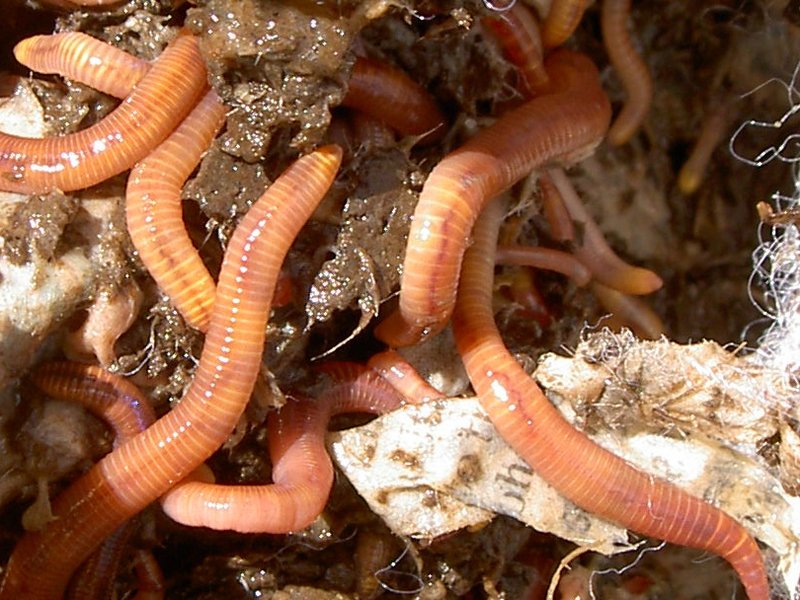
In simple terms, bloodworms are the larvae of *Chironomidae*, a family of non-biting midges. You might find them in water bodies, where they thrive in various conditions, particularly in areas rich in organic matter. Because they react sensitively to changes in their environment, they are invaluable in research and conservation efforts. This article dives into how bloodworms serve as indicators of environmental change and what that tells us about our planet.
What Are Bloodworms?
Bloodworms are an interesting bunch. Though their name might sound a bit scary, they’re quite harmless. These larvae are typically red or maroon due to the presence of hemoglobin, which helps them breathe in low-oxygen environments. Picture a tiny, wriggling shrimp—this is basically what a bloodworm looks like under the water.
They live in various aquatic environments, from lakes to wetlands, often found in sediment-rich areas. Their ability to thrive in different conditions makes them useful for studying ecosystems. In fact, the presence or absence of bloodworms can tell scientists a lot about water quality. When conditions are right, they can be found in abundance, indicating a healthy ecosystem.
Interestingly, bloodworms also play a role in the food chain. Larger fish, birds, and other wildlife see them as delectable snacks. So, not only do they help us monitor environmental health, but they also contribute to biodiversity in their habitats.
Why Use Bloodworms for Environmental Monitoring?
You might be wondering why scientists and researchers focus on bloodworms specifically. It boils down to their sensitivity to environmental changes. Bloodworms can give early warnings about pollution and habitat changes, making them crucial for monitoring ecosystems.
For instance, if a waterway is contaminated with chemicals or suffers from low oxygen levels, the bloodworm population may either decline or become skewed. This change can serve as an early indicator of larger environmental issues. Instead of waiting for drastic changes in fish populations, scientists can act sooner by observing bloodworm trends.
In addition, bloodworms are relatively easy to collect and analyze. They don’t need complicated equipment or expensive setups, which makes them accessible for various research projects. Plus, their rapid reproduction rates mean that researchers can quickly gather data over time.
Bioindication: What It Is and Why It Matters
Bioindication is a fancy term, but at its core, it means using living organisms to assess the health of an environment. Bloodworms fit perfectly into this category because they respond to changes in their habitat in noticeable ways.
Here’s the thing: when we talk about environmental changes, we’re often discussing factors like pollution, habitat destruction, or climate change. Bloodworms react to these changes by adjusting their populations or behavior. For example, an increase in pollutants might stunt their growth or reduce their numbers. By monitoring bloodworm populations, scientists can gain insights into the overall health of the water body they inhabit.
Why does this matter? Understanding the health of our ecosystems helps us make better decisions. When we know a habitat is at risk, we can take action to protect it, ensuring that wildlife and natural resources are preserved for future generations.
How Are Bloodworms Collected and Analyzed?
Collecting bloodworms for monitoring isn’t as complicated as it might sound. Researchers typically use sediment samples from riverbeds, ponds, or marshes. They may scoop up sediment into a net or use specialized equipment to extract bloodworms from the muck.
Once collected, the bloodworms are usually placed in a controlled environment where scientists can observe their growth and behavior. They may analyze water samples from the same area to check for pollution levels or nutrient content.
During analysis, researchers look at various factors, including the bloodworm’s abundance, size, and health. This data is then compared against historical records to determine trends over time. Think of it like being a detective: each tiny detail can lead to a bigger picture of the ecosystem’s health.
Comparing Bloodworms to Other Bioindicators
While bloodworms are fantastic bioindicators, they’re not the only players in this important field. Other organisms, like certain species of fish, macroinvertebrates, or even plants, are also used to monitor environmental health. Each type of bioindicator has its strengths.
For instance, fish populations can show how well an ecosystem is functioning, but they may take longer to show changes compared to bloodworms. That’s because bloodworms can reproduce quickly and respond to environmental shifts in almost real-time.
On the flip side, using multiple bioindicators together can give a more comprehensive view of ecosystem health. For example, while bloodworms might indicate low oxygen levels, fish populations could reveal longer-term impacts on the food chain. Ultimately, combining different kinds of data helps scientists paint the clearest picture of environmental health.
The Future of Using Bloodworms in Research
As scientists continue to explore the effects of climate change and human activities on ecosystems, bloodworms will likely become even more valuable. Their ability to respond quickly to changes makes them a promising element in research and conservation efforts.
Innovations in technology, like environmental DNA (eDNA) analysis, could enhance how we study these little critters. By analyzing genetic material in water samples, researchers could potentially get an even clearer picture of bloodworm abundance and diversity without needing to physically collect them.
This evolution in research methods opens doors for quicker responses to environmental changes, allowing for proactive measures to protect ecosystems. As our planet faces more challenges than ever, having effective bioindicators like bloodworms can significantly improve our understanding and management of environmental health.
In conclusion, bloodworms aren’t just a nuisance in the fish tank or a bait for anglers; they are vital players in environmental monitoring and bioindication. Their sensitivity to changes makes them essential allies in understanding and preserving our precious ecosystems. So, the next time you hear about bloodworms, remember: they’re tiny but mighty when it comes to protecting our environment!

